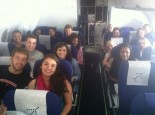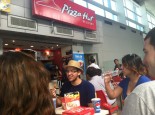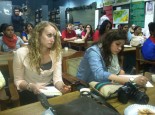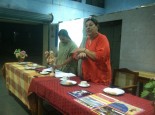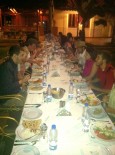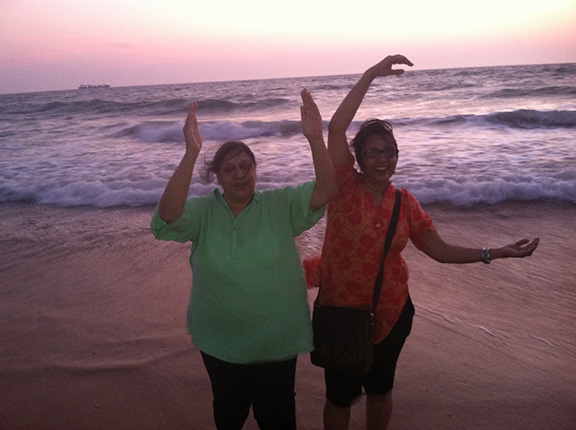 Over Spring Break, Jay Sinnard, manager of the Student Technology Resources Center (STRC), is traveling with a class to provide media support as they record testimonials as part of their class project.
Over Spring Break, Jay Sinnard, manager of the Student Technology Resources Center (STRC), is traveling with a class to provide media support as they record testimonials as part of their class project.
Over the course of their trip, Jay and the students will share on this blog some of their observations, images and video from their travels. Check back often…

From Jay:
Lunch on the beach where I photographed one student, Courtney, enjoying drinking coconut water.
On the beach in Goa. At sunset.
We finished the day at the “Saturday night market” in Goa and had dinner at pink cafe.


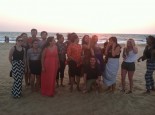
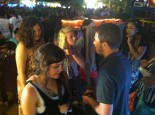
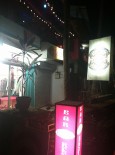
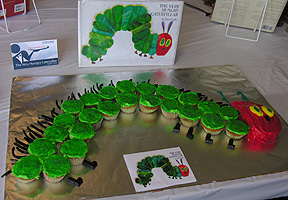 Once again, the University of Cincinnati Libraries will celebrate the International Edible Books Festival with an event scheduled for Tuesday, April 1st from 1:00-2:00pm on the 5th floor lobby of Langsam Library.
Once again, the University of Cincinnati Libraries will celebrate the International Edible Books Festival with an event scheduled for Tuesday, April 1st from 1:00-2:00pm on the 5th floor lobby of Langsam Library.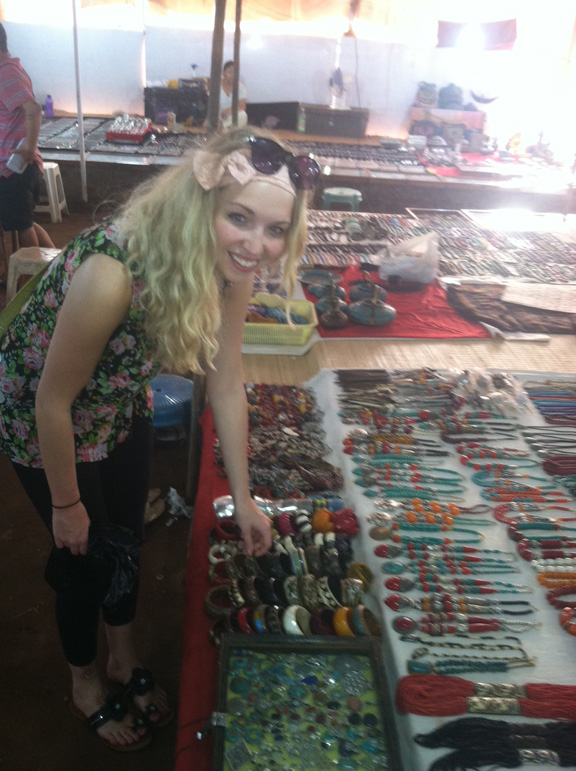 Over Spring Break, Jay Sinnard, manager of the Student Technology Resources Center (
Over Spring Break, Jay Sinnard, manager of the Student Technology Resources Center (

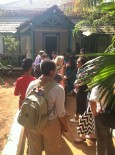

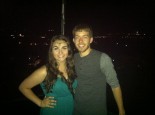
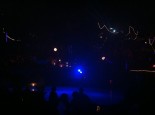
 Over Spring Break, Jay Sinnard, manager of the Student Technology Resources Center (
Over Spring Break, Jay Sinnard, manager of the Student Technology Resources Center (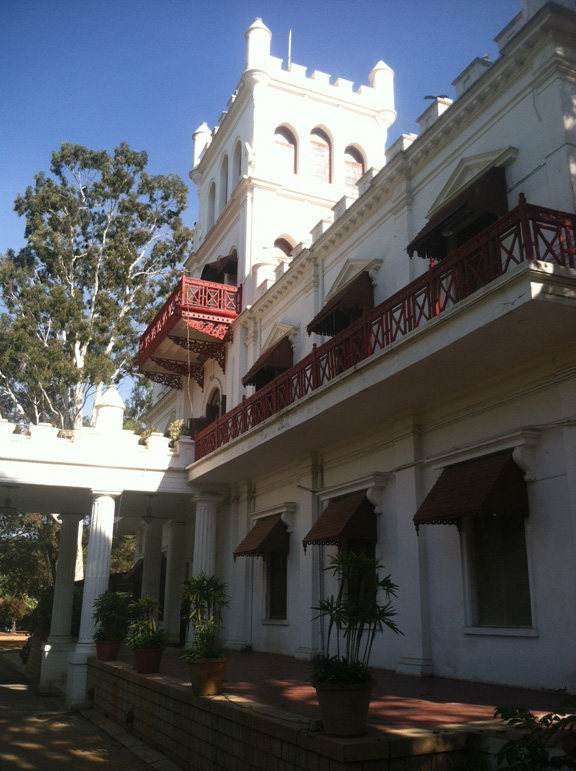 Over Spring Break, Jay Sinnard, manager of the Student Technology Resources Center (
Over Spring Break, Jay Sinnard, manager of the Student Technology Resources Center ( Over Spring Break, Jay Sinnard, manager of the Student Technology Resources Center (
Over Spring Break, Jay Sinnard, manager of the Student Technology Resources Center (